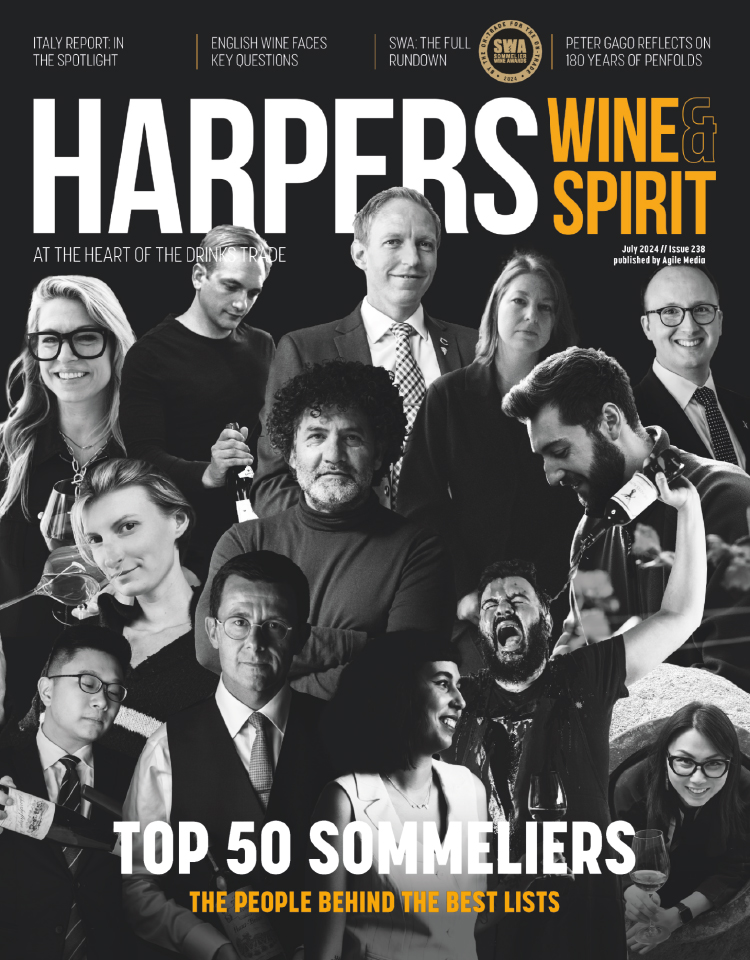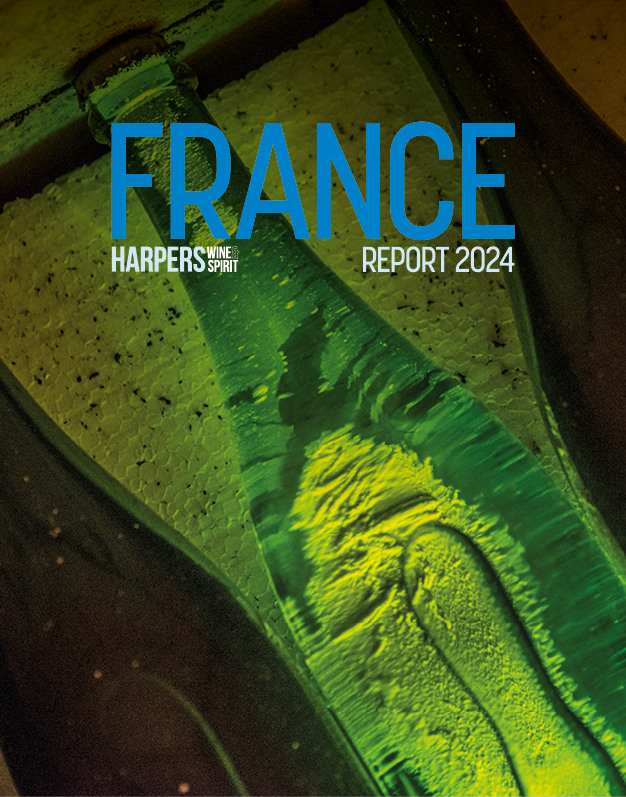Own-label Champagne
With Champagne shipments to the UK reaching 36,765,884 bottles, up 5.19% on 2004 and a record level for the third year on the trot, supermarket giants Tesco and Sainsbury's are once again squabbling about who was responsible for selling the lion's share; while in Champagne, producers are asking if the current pricing of own-label Champagne is sustainable.
In a report published in The Daily Telegraph on 28 December 2005, it was alleged that stocks of Champagne at Tesco, the biggest wine retailer, were dangerously low' for the New Year. According to the Telegraph, Tesco said it had ordered 1.5 million bottles of Champagne the week between Christmas and the New Year and had sent an emergency convoy of 25 lorries to France to collect them'.
This story caused a great deal more consternation in Champagne than it did in Britain, and apparently one of the supermarkets' major own-label suppliers in Reims was bombarded with phone calls from other companies to see if they wanted extra stock to fill the order. Presumably this was in the sound knowledge that they wouldn't just happen to have 1.5m bottles of appropriate stock lying around. Those who searched the streets around Reims for the convoy did so in vain, however. Mark Murphy, Tesco's wine and spirit director, also claimed this order was the largest ever made by a British retailer and that, in the approach to the holiday period, sales were 24% higher than last year, far exceeding expectation'.
Early in the New Year, presenting the company's third-quarter results, Sainsbury's chief executive Justin King told Radio 4's Today programme that Champagne is so popular it now outsells baked beans at the grocer: Etienne Dumont outsold baked beans - we sold more than 2 million bottles.' King's comment was later clarified as only encompassing four-packs of Heinz baked beans, and former Champagne buyer Andrew Bird said Etienne Dumont was the fourth-bestselling Champagne in the country, behind Mot & Chandon, Lanson and Veuve Clicquot, and last week [it] outsold products such as baked beans, bread and gammon joints.' Bird also said that Sainsbury's, which sells one in four bottles of Champagne in the UK', had seen a 25% increase in all Champagne sales this year', which just happens to be a 1% greater increase
than Tesco was claiming a few days earlier.
The Nielsen UK off-trade statistics for the year to 25 December 2005 show that Etienne Dumont was the fourth-largest seller, with volume up 20% from 67,331 to 81,018 9-litre cases, or 972,216 bottles. Its value was up 22%, from 7.95m to 9.68m, giving it a market share by value of 3.2%. However, because most of this volume is sold at under 10 a bottle, its market share is actually lower than the next-largest brand, Nicolas Feuillatte, which has a 3.9% share from 66,386 cases sold for 11.88m and was, along with cooperative brand Jacquart, one of the most widely discounted Champagnes in 2005.
Own-label Champagnes sold by the supermarkets in 2005 actually lost market share in 2005 in an overall market that rose 3% by volume and 4% by value (AC Nielsen UK off trade MAT to 25 December 2005), although sales were pretty much flat at 310,673 cases (3.73m bottles), and this sector still accounts for 20.1% (20.7% in 2004) of volume and 16.2% by value (down from 16.3%).
To sell two million bottles in 2005, let alone December, Sainsbury's would have had to sell masses in just six days' trading between Christmas and the New Year, when Etienne Dumont was again down 10 at 9.49. It seems that, in the UK, as in France, there was a very late surge in buying. There must be a serious question mark, however, about how long this level of sales can be maintained in the future, with Champagne stocks increasingly tight and grape prices too high for producers to sell so cheaply.
Over the past few years, the most important suppliers of
own-label Champagne to UK supermarkets have been Marne & Champagne, Boizel Chanoine Champagne (BCC), Duval Leroy, P&C Heidsieck (through F Bonnet) and the co-ops.
Rmy Cointreau has this year declared its intention to pull out of this sector to concentrate on its brands Piper and Charles Heidsieck, putting F Bonnet up for sale.
It was previously supplying Majestic, Waitrose and, most significantly in volume terms, Thresher with own-label Champagne. Thanks to its ongoing three-for-two promotion, sales of Thresher's Jean de Praisac Champagne, supplied by P&C Heidsieck, rose 88% in volume, from 8,082 to 15,194 cases (182,328 bottles). Duval-Leroy, which has for many years been a large own-label supplier to Sainsbury's,
has greatly reduced its sales in this sector.
Most significantly of all, BCC, with its soon-to-be-completed purchase of Lanson and what was Marne & Champagne, has become the major player and a supplier to both Tesco and Sainsbury's. Talking last week to Bruno Paillard, who will be running the show, it is clear that brands like Lanson and Besserat de Bellefon will be his priority.
The seven million bottles of BOB business is not necessarily the most important, because it's not profitable, and that is obviously not what we are looking for,' said Paillard. BOBs have no future if they are not placed in a win/win situation. We are in a region where the availability of grapes is limited, and it will be like that for the next 10-15 years. Champagne that will be sold at a very low value may not have a great future. Producers that want to stay in business must extract added value, which is more likely to be achieved from brands and not BOB - that's pure logic.'






